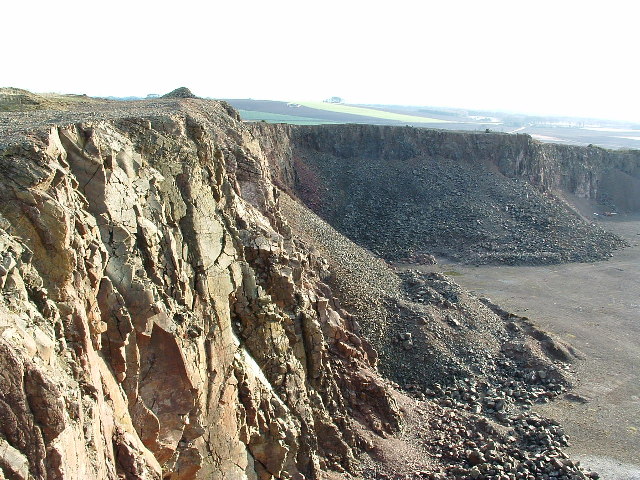|
Boysack
Boysack is a village in Angus, Scotland, four miles north of Arbroath Arbroath () or Aberbrothock ( gd, Obar Bhrothaig ) is a former royal burgh and the largest town in the council area of Angus, Scotland, with a population of 23,902. It lies on the North Sea coast some ENE of Dundee and SSW of Aberdeen. The .... Notable residents * John Carnegie ( – by May 1750), lawyer, politician and Jacobite rebel. References Villages in Angus, Scotland {{Angus-geo-stub ... [...More Info...] [...Related Items...] OR: [Wikipedia] [Google] [Baidu] |
John Carnegie (Jacobite)
John Carnegie ( – by May 1750) of Boysack, Angus was a Scottish lawyer and politician who sat in the House of Commons from 1708 to 1716 when he was expelled for supporting the Jacobite rebellion. Carnegie was the eldest son of John Carnegie of Boysack and his wife Jean Fotheringham, daughter of David Fotheringham of Powrie, Forfar, Shire Commissioner in the Parliament of Scotland. He had succeeded to the estate of his father by 1683. He was educated at Marischal College from 1696 to 1698 and at the University of Leyden in 1700, aged 20. In 1703, he was admitted as an advocate. He married Margaret Skene, daughter of James Skene of Grange and Kirkcaldy, Fife on 6 November 1707. At the 1708 general election Carnegie was returned as the Member of Parliament (MP) for Forfar, the county's first representative to the House of Commons of Great Britain. He was returned again for Forfar at the 1710 general election and in 1713. In 1714 he was appointed Solicitor General for Scotland b ... [...More Info...] [...Related Items...] OR: [Wikipedia] [Google] [Baidu] |
Angus, Scotland
Angus ( sco, Angus; gd, Aonghas) is one of the 32 local government council areas of Scotland, a registration county and a lieutenancy area. The council area borders Aberdeenshire, Dundee City and Perth and Kinross. Main industries include agriculture and fishing. Global pharmaceuticals company GSK has a significant presence in Montrose in the north of the county. Angus was historically a province, and later a sheriffdom and county (known officially as Forfarshire from the 18th century until 1928), bordering Kincardineshire to the north-east, Aberdeenshire to the north and Perthshire to the west; southwards it faced Fife across the Firth of Tay; these remain the borders of Angus, minus Dundee which now forms its own small separate council area. Angus remains a registration county and a lieutenancy area. In 1975 some of its administrative functions were transferred to the council district of the Tayside Region, and in 1995 further reform resulted in the establishme ... [...More Info...] [...Related Items...] OR: [Wikipedia] [Google] [Baidu] |
Arbroath
Arbroath () or Aberbrothock ( gd, Obar Bhrothaig ) is a former royal burgh and the largest town in the council area of Angus, Scotland, with a population of 23,902. It lies on the North Sea coast some ENE of Dundee and SSW of Aberdeen. There is evidence of Iron Age settlement, but its history as a town began with the founding of Arbroath Abbey in 1178. It grew much during the Industrial Revolution through the flax and then the jute industry and the engineering sector. A new harbour created in 1839; by the 20th century, Arbroath was one of Scotland's larger fishing ports. It is notable for the Declaration of Arbroath and the Arbroath smokie. Arbroath Football Club holds the world record for the number of goals scored in a professional football match: 36–0 against Bon Accord of Aberdeen in the Scottish Cup in 1885 History Toponymy The earliest recorded name was 'Aberbrothock', referring to the Brothock Burn that runs through the town. The prefix ''Aber'' derived ... [...More Info...] [...Related Items...] OR: [Wikipedia] [Google] [Baidu] |
Ordnance Survey
Ordnance Survey (OS) is the national mapping agency for Great Britain. The agency's name indicates its original military purpose (see ordnance and surveying), which was to map Scotland in the wake of the Jacobite rising of 1745. There was also a more general and nationwide need in light of the potential threat of invasion during the Napoleonic Wars. Since 1 April 2015 Ordnance Survey has operated as Ordnance Survey Ltd, a government-owned company, 100% in public ownership. The Ordnance Survey Board remains accountable to the Secretary of State for Business, Energy and Industrial Strategy. It was also a member of the Public Data Group. Paper maps for walkers represent only 5% of the company's annual revenue. It produces digital map data, online route planning and sharing services and mobile apps, plus many other location-based products for business, government and consumers. Ordnance Survey mapping is usually classified as either " large-scale" (in other words, more detail ... [...More Info...] [...Related Items...] OR: [Wikipedia] [Google] [Baidu] |
Jacobitism
, war = , image = Prince James Francis Edward Stuart by Louis Gabriel Blanchet.jpg , image_size = 150px , caption = James Francis Edward Stuart, Jacobite claimant between 1701 and 1766 , active = 1688–1780s , ideology = * Legitimist support for the senior line of the Stuarts * Indefeasible dynastic right * Divine right of kings * Irish nationalism * Scottish nationalism , leaders = , leader1_title = Military leaders , leader1_name = , headquarters = , area = British Isles , size = , allies = *Papal States (Until 1788) , opponents = Jacobitism (; gd, Seumasachas, ; ga, Seacaibíteachas, ) was a political movement that supported the restoration of the senior line of the House of Stuart to the British throne. The name derives from the first name of James II and VII, which in Latin translates as ''Jacobus''. When James went into exile ... [...More Info...] [...Related Items...] OR: [Wikipedia] [Google] [Baidu] |




